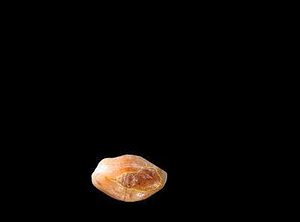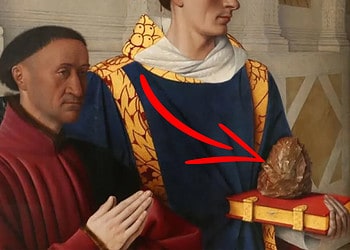Researchers have found what’s believed to be the oldest dental feeling in history, dating from the stone age. The find was made after the jaw-bone of a middle-aged man dating back from 6,500 years ago had a tooth filled with beeswax, pushing back early human dentistry.

The jaw-bone was discovered some 100 years ago in modern Slovenia, and most likely belonged to a man between the age of 24 and 30. The dental work gathered dust in a local museum ever since, without attracting a great deal of attention, until researchers gave it a closer look in more recent times. Evidence suggests that the filling was made around the time of the man’s death, however it’s yet unclear whether the beeswax filling was made prior or after death.
If the latter is the case, than the filling may have been ritualistic in nature. However, the researchers led by Federico Bernardini and Claudio Tuniz of the Abdus Salam International Centre for Theoretical Physics in Italy in cooperation with Sincrotrone Trieste and other institutions, have found that the tooth exhibits some severed wear. This may hint towards the greater possibility of the filling being used as a dental treatment, alleviating pain and desensitizing the vertical crack in the enamel and dentin layers of the tooth.
As for the causes which may have lead to the tooth decay, the researchers involved in the study believe non-alimentary activities, possibly such as weaving, generally performed by Neolithic females, might be a factor. Concerning ancient dental practices, this isn’t the first evidence of early tooth treatment. In 2001, a graveyard in Pakistan dating as far back as 9,000 years yielded up 11 human molars showing drill holes; no fillings were present however.
“This finding is perhaps the most ancient evidence of pre-historic dentistry in Europe and the earliest known direct example of therapeutic-palliative dental filling so far,” says co-author Federico Bernardini.
The findings were reported in the journal PLOS One.






